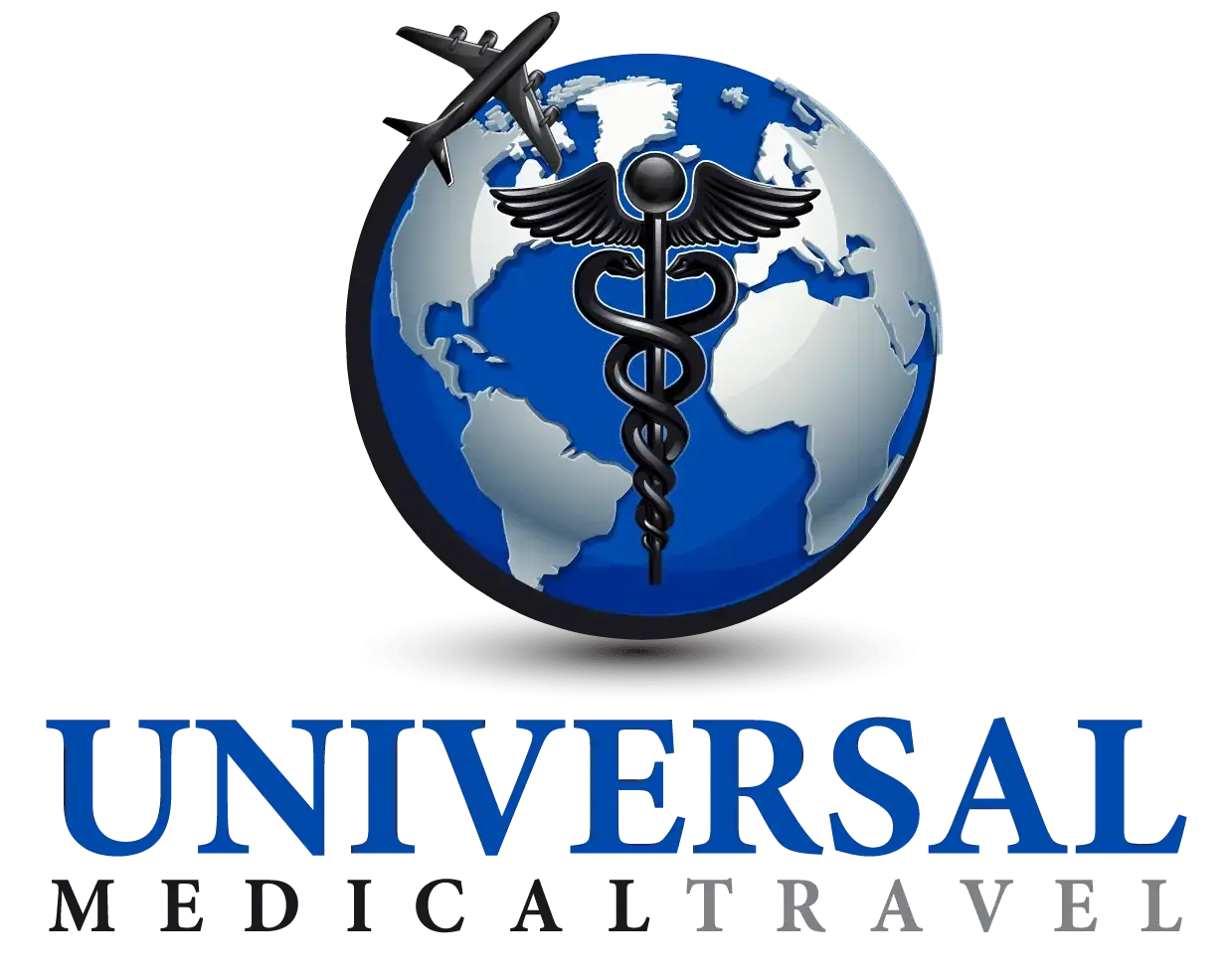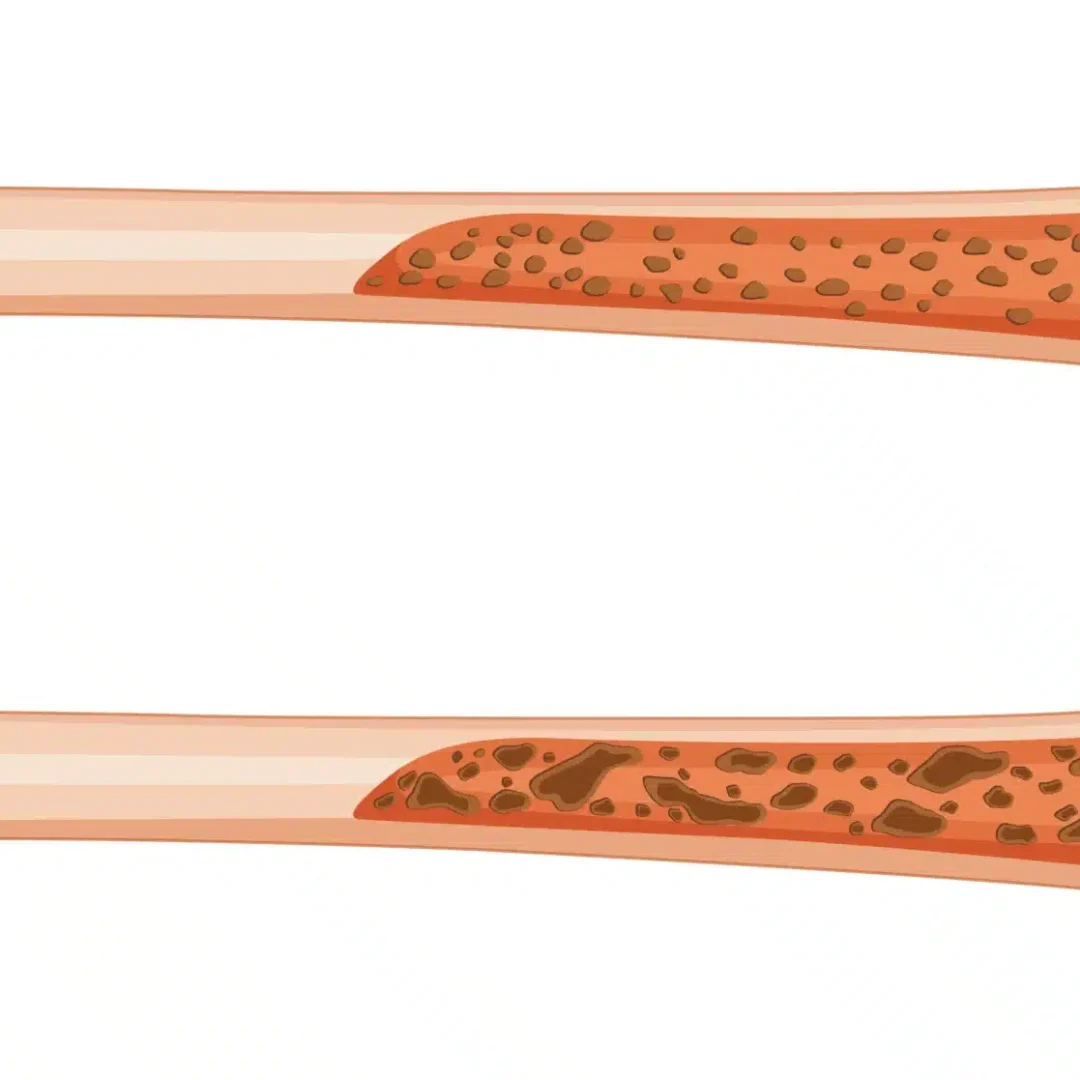Europe has emerged as a significant destination for stem cell therapy, offering innovative treatments at some of the most renowned medical facilities in the world. Known for its high standards of healthcare, Europe boasts advanced research in regenerative medicine, making it an attractive choice for patients seeking effective stem cell treatments. With the rise of universal medical travel, patients from all over the world travel to Europe to access cutting-edge stem cell therapies at competitive prices. Europe’s focus on safety, ethics, and innovation ensures that patients receive high-quality care with the latest technologies.
Cost of Stem Cell Therapy in Europe
The cost of stem cell therapy in Europe varies depending on the country, type of therapy, and condition being treated. On average, stem cell therapy in Europe ranges from $5,000 to $35,000. Countries like Germany, Switzerland, and Spain are known for their advanced facilities and slightly higher costs, while nations like Poland, Ukraine, and Serbia offer more affordable treatment options.
Table of Treatment Types and Costs in Europe
| Country | Treatment Type | Average Cost (USD) |
|---|---|---|
| Germany | Autologous Stem Cell Therapy | $12,000 – $25,000 |
| Switzerland | Mesenchymal Stem Cell Therapy | $20,000 – $35,000 |
| Spain | Stem Cell Therapy for Arthritis | $10,000 – $20,000 |
| Poland | Allogeneic Stem Cell Therapy | $7,000 – $15,000 |
| Ukraine | Stem Cell Therapy for Neurological Disorders | $5,000 – $12,000 |
| Serbia | Bone Marrow Stem Cell Therapy | $6,000 – $14,000 |
Additional Costs to Consider
- Consultation Fees: Generally range from $200 to $500.
- Diagnostic Testing: Imaging tests such as MRI and CT scans can cost between $300 and $1,500.
- Hospital Stay: Inpatient care may range from $150 to $500 per night, depending on the facility.
- Follow-Up Care: Post-treatment rehabilitation and follow-up consultations may cost between $500 and $2,000.
- Travel and Accommodation: Airfare to European countries can range from $400 to $1,500, and hotels may cost between $70 and $300 per night depending on the country and quality.
Reasons to Choose Stem Cell Therapy in Europe
Europe is renowned for its high standards in medical care, research, and regulation. The region offers a wide variety of treatment options, from more affordable options in Eastern Europe to highly advanced facilities in Western Europe. Patients benefit from Europe’s world-class healthcare infrastructure, cutting-edge technology, and strict adherence to ethical standards. Europe also offers a diverse range of treatment approaches, allowing patients to select the option that best suits their condition and budget.
Cultural and Ethical Considerations
Europe places a strong emphasis on ethical research and application of stem cell therapies. The European Union (EU) has stringent regulations governing the use of stem cells, ensuring that treatments are safe, ethical, and effective. While attitudes toward stem cell therapy vary across countries, Europe generally maintains a positive cultural attitude towards these treatments, with a strong focus on patient safety, ethical research practices, and clinical excellence.
Visa Information for Traveling to Europe for Stem Cell Therapy
International patients traveling to Europe for medical treatment typically require a short-term Schengen visa, which allows for stays of up to 90 days in most EU countries. For non-EU countries like Ukraine and Switzerland, different visa requirements may apply. Patients will need to provide documentation from the clinic where they will be treated, along with proof of sufficient funds to cover their medical expenses and accommodation.
Detailed FAQs on Stem Cell Therapy in Europe
What types of stem cell therapies are available in Europe?
Europe offers a wide range of stem cell therapies, including autologous and allogeneic treatments. Popular types include mesenchymal stem cells (MSCs), hematopoietic stem cells (HSCs), and induced pluripotent stem cells (iPSCs). These therapies are applied to conditions such as arthritis, neurological disorders, heart disease, and tissue regeneration.
How much does stem cell therapy cost in Europe?
Stem cell therapy costs vary across Europe, ranging from $5,000 to $35,000. The cost depends on the country, type of treatment, and the condition being treated. Western European countries like Germany and Switzerland tend to have higher costs, while Eastern European countries like Poland and Ukraine offer more affordable options.
Which countries in Europe are known for stem cell therapy?
Germany, Switzerland, Spain, Poland, and Ukraine are some of the most popular destinations for stem cell therapy in Europe. Germany and Switzerland are known for their advanced medical research and facilities, while countries like Poland and Ukraine offer more cost-effective treatments.
Is stem cell therapy legal in Europe?
Yes, stem cell therapy is legal in Europe, but it is subject to strict regulations. The European Medicines Agency (EMA) and national regulatory authorities oversee the approval and use of stem cell treatments. These regulations ensure the safety, efficacy, and ethical standards of the therapies offered in Europe.
What conditions can be treated with stem cell therapy in Europe?
Stem cell therapy in Europe is used to treat a variety of conditions, including orthopedic issues like arthritis and injuries, neurological conditions such as Parkinson’s and Alzheimer’s, autoimmune diseases, heart disease, and certain types of cancer. Stem cells are also used in regenerative therapies for tissue and organ repair.
How safe is stem cell therapy in Europe?
Stem cell therapy in Europe is considered safe due to the rigorous testing and regulatory processes. Clinics must adhere to EU-wide and national regulations that ensure patient safety and the ethical use of stem cells. However, as with any medical treatment, there are potential risks and side effects, so it’s important to choose a reputable clinic.
Are there any side effects or risks associated with stem cell therapy?
While stem cell therapy is generally safe, some potential side effects include infection, immune rejection (in allogeneic treatments), pain or swelling at the injection site, and, in rare cases, blood clots or tumor formation. Patients should discuss these risks with their doctors before proceeding with treatment.
What should I look for when choosing a stem cell therapy clinic in Europe?
When choosing a clinic, ensure that it is accredited and that the medical professionals are licensed and experienced in stem cell treatments. Check for reviews and testimonials from previous patients, and ensure the clinic adheres to European regulations on stem cell therapy. Consulting with the clinic beforehand and asking detailed questions is also recommended.
Can international patients receive stem cell therapy in Europe?
Yes, Europe is a popular destination for international patients seeking stem cell therapy. Many clinics offer medical tourism packages that include treatment, accommodation, and travel arrangements. These clinics are well-equipped to handle international patients and often have multilingual staff to assist with communication.
How do I begin the process of getting stem cell therapy in Europe?
The first step is to contact a clinic specializing in stem cell therapy. Most clinics offer online consultations, during which doctors review your medical history and recommend a treatment plan. Once a plan is agreed upon, you can arrange for travel, treatment, and accommodation.
Is stem cell therapy covered by insurance in Europe?
Stem cell therapy is not typically covered by insurance, especially for international patients. Most patients pay out of pocket for these treatments. However, some private insurers may cover a portion of the cost, depending on the policy and the treatment type. It’s important to verify with your insurance provider beforehand.
What is the success rate of stem cell therapy in Europe?
Success rates for stem cell therapy in Europe vary based on the condition being treated. For orthopedic treatments like joint regeneration, success rates are often between 70-90%. Neurological and cardiac treatments have more variable outcomes, but many patients experience significant improvements. Each case is unique, so consulting with a specialist is crucial.
How long does recovery take after stem cell therapy in Europe?
Recovery times vary depending on the type of stem cell therapy and the condition being treated. For orthopedic treatments, recovery can take several weeks to a few months, while more complex treatments for neurological or autoimmune conditions may require longer recovery periods. Clinics typically offer rehabilitation programs to assist with recovery.
Do European clinics offer follow-up care after stem cell therapy?
Yes, most European clinics provide follow-up care, which may include rehabilitation, regular monitoring, and consultations. International patients often have access to remote follow-up services, such as telemedicine consultations, to ensure continuous care after returning home.
What visa do I need to travel to Europe for stem cell therapy?
Most patients will need a short-term Schengen visa to travel to EU countries for medical treatment. For non-EU countries like Ukraine, different visa requirements may apply. Be sure to check the specific visa requirements for the country you plan to visit, and ensure you have the necessary documentation from the clinic for your visa application.
Conclusion
Stem cell therapy in Europe offers a blend of advanced technology, ethical standards, and competitive pricing, making it an attractive option for patients worldwide. With a wide range of treatment options, top-tier medical professionals, and well-regulated facilities, Europe stands out as a leading destination for regenerative medicine. Whether seeking treatment for orthopedic, neurological, or autoimmune conditions, patients can expect high-quality care and cutting-edge treatments in a safe and supportive environment.
Additional Information on Stem Cell Therapy in Europe
- Cutting-Edge Research Hubs
Europe is home to some of the world’s top research institutions and universities, contributing to significant advancements in stem cell research. Countries like Germany, the UK, and the Netherlands lead in the development of new techniques such as gene editing, which enhances the effectiveness of stem cell therapy. - EU Regulations on Stem Cell Therapy
The European Union has a strict regulatory framework that ensures the safe and ethical use of stem cell therapies. The European Medicines Agency (EMA) is responsible for the scientific evaluation, supervision, and safety monitoring of medicines within the EU, including stem cell treatments. These regulations protect patients from unproven treatments and promote transparency and accountability in the medical field. - Cross-Border Healthcare
The EU allows patients from member states to seek medical treatment in other EU countries under the Cross-Border Healthcare Directive. This directive enables patients to receive healthcare services, including stem cell therapies, in another EU country and be reimbursed for the costs by their home country’s health system, subject to certain conditions. It’s important to verify the specific requirements with local health authorities. - Stem Cell Banking Services
Several countries in Europe offer stem cell banking, where patients can store their stem cells for future medical use. This service is especially popular for newborn cord blood banking but is also available for adults undergoing certain medical procedures. Countries like Spain and Belgium have top-tier facilities for stem cell storage, adhering to high safety standards. - Focus on Autologous Treatments
European clinics increasingly focus on autologous stem cell therapies (using a patient’s own stem cells), reducing the risk of rejection and enhancing the safety profile of the treatment. Autologous therapies are commonly used for orthopedic injuries, heart disease, and autoimmune conditions. - Alternative Therapies
Europe also offers complementary and alternative therapies alongside stem cell treatments, such as platelet-rich plasma (PRP) therapy and exosome therapy. These treatments can be combined with stem cell therapies to enhance recovery and improve overall outcomes, particularly in orthopedic and cosmetic applications. - Medical Tourism Packages
Many European countries, especially those in Eastern Europe, offer comprehensive medical tourism packages for stem cell therapy. These packages often include consultations, accommodation, local transportation, and aftercare services, providing a seamless experience for international patients. Clinics in countries like Poland, Hungary, and Serbia have built strong reputations in medical tourism due to their high-quality services at competitive prices. - Emerging Destinations in Eastern Europe
Eastern Europe has become a rising star in stem cell therapy due to its affordability and improving healthcare infrastructure. Countries like Romania, Bulgaria, and the Czech Republic are gaining attention for offering cost-effective stem cell treatments while adhering to EU regulations. These countries often have shorter waiting times and offer excellent patient care. - Focus on Regenerative Medicine
Europe is at the forefront of regenerative medicine, which combines stem cell therapy with other cutting-edge technologies like tissue engineering and gene therapy. Clinics across Europe, particularly in Switzerland, Germany, and the UK, are exploring ways to enhance tissue repair and regeneration for conditions such as cartilage damage, spinal cord injuries, and organ failure. - Support for Rare Diseases
Europe is also known for its work in using stem cell therapy to treat rare diseases. Several EU countries participate in international research programs focused on finding cures for genetic disorders, degenerative diseases, and other rare conditions through stem cell technologies. Patients with rare diseases often travel to Europe for specialized treatments that may not be available elsewhere.
Your Health Journey Starts Here – Connect with Our Consultants Today!
Please complete and submit a Patient Information Form to authorize our agency to forward your protected health information to the healthcare provider of your choice.Get 5% off your treatment by using discount code UMT5%.
Patient Information Form


